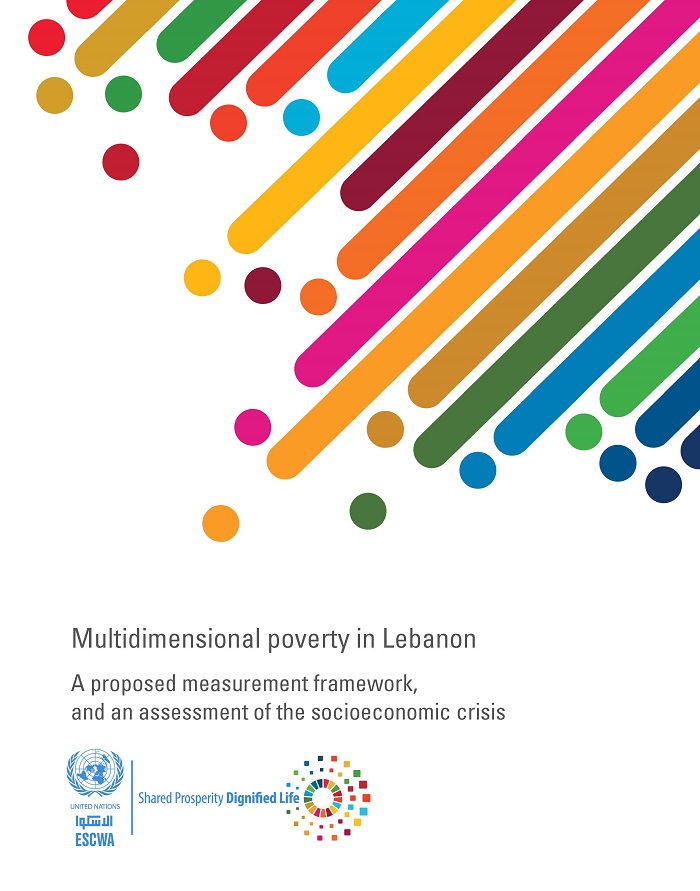The progress in multidimensional poverty research has given rise to a variety of measurement approaches and forecasting techniques, each addressing a particular set of difficulties and constraints related to the computation of the Multidimensional Poverty Index (MPI).
These important forecasts allow Member States to improve their planning and resource allocation to reduce poverty in its various forms.
In this meeting, knowledge and opinion on these modeling and simulation techniques are discussed, along with recent papers produced by ESCWA and partners. The aim is to improve these methodologies and identifying how to maximize their uses in policymaking.


